Pregnancy and parasites: why worming ewes is crucial before lambing
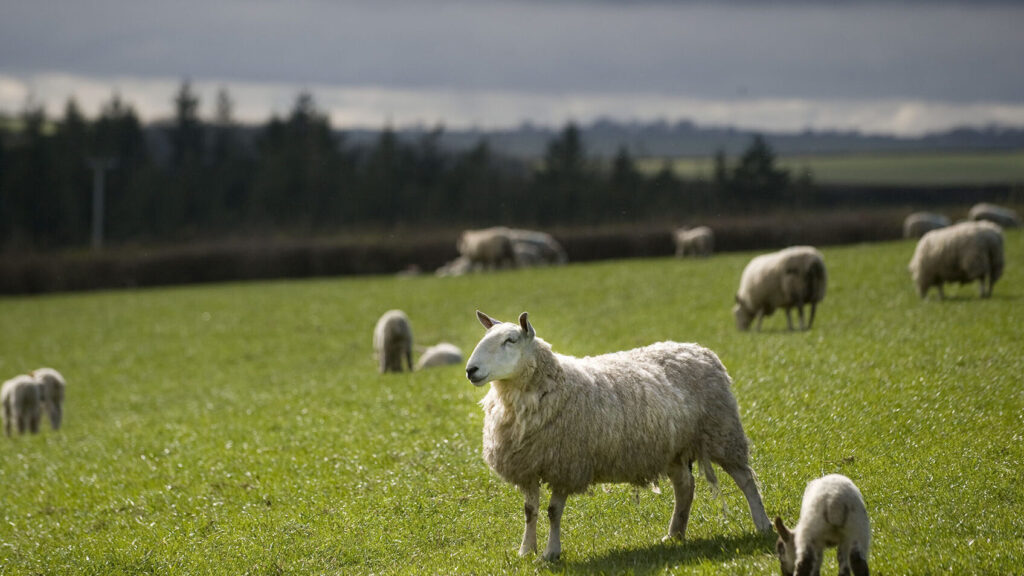
Agrii animal health expert David Pryce summarises the latest guidance on worming ewes at lambing from SCOPS (Sustainable Control of Parasites). A sometimes overlooked but essential aspect of pre-lambing care is worming pregnant ewes. This preventative step supports ewe health and safeguards their lambs’ early development. The key factor behind this necessity is the peri-parturient […]
Pasture ready: best practices for turning out livestock this spring
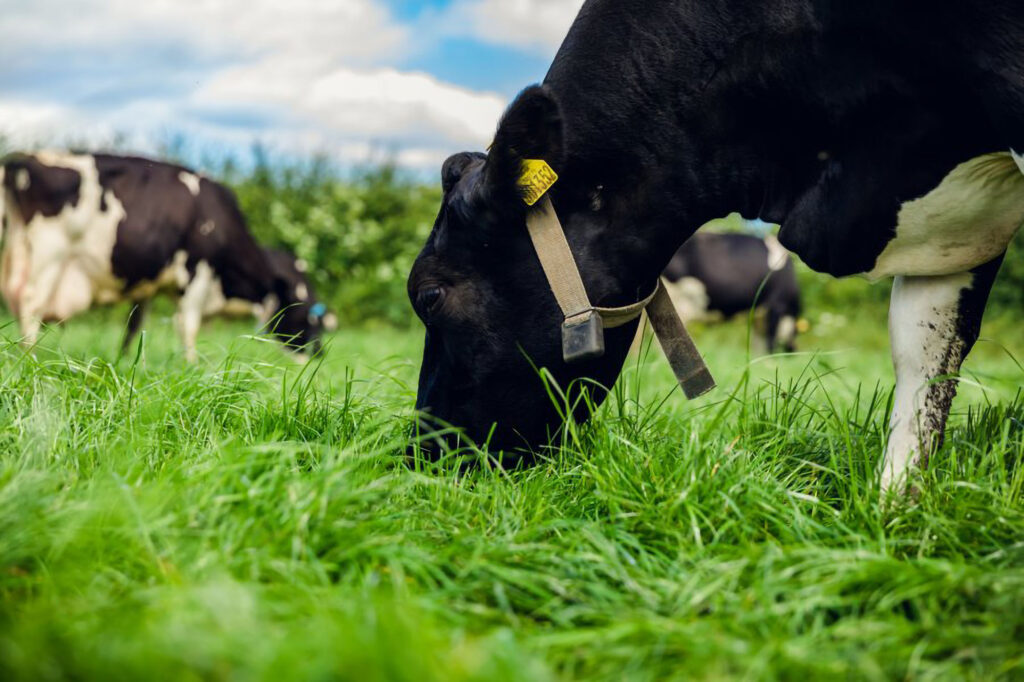
David Thornton, Nutritionist, gives his advice to livestock farmers ahead of spring turnout. Grazed grass is the highest-quality and cheapest feed on the farm in spring, better than silage and equivalent to concentrates. In fact, offering concentrates to livestock on spring grass will substitute intake, cost approximately ten times more and not affect performance! Early […]
How To Get The Most Out Of Multi-Species Leys
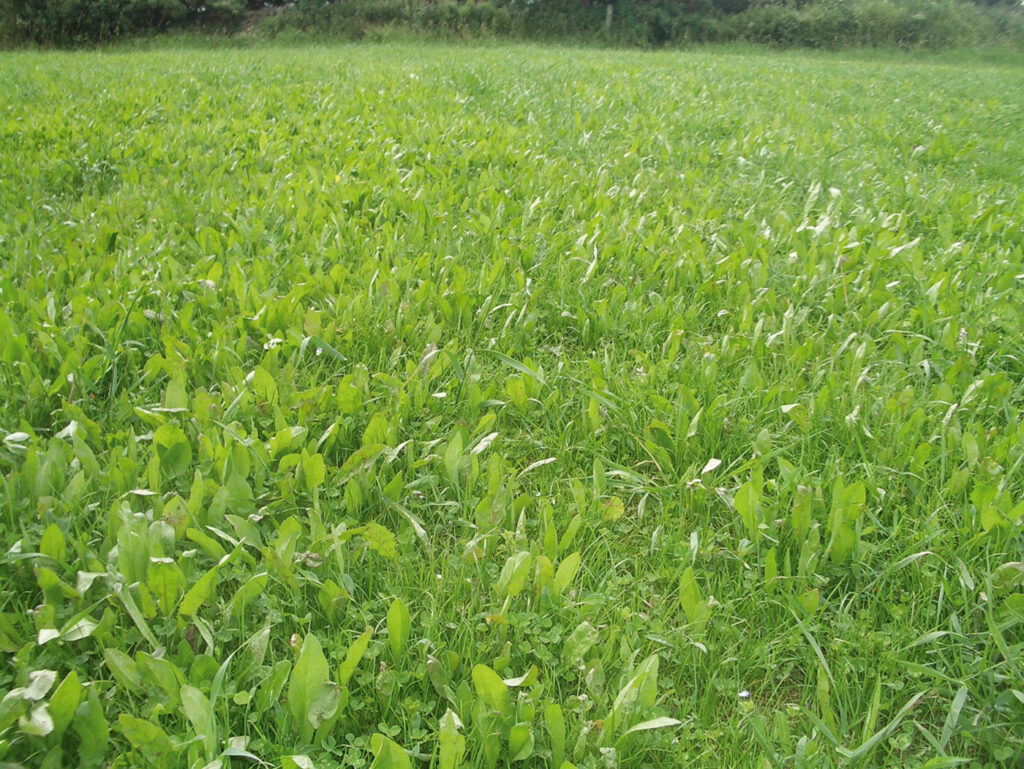
With the new sustainable incentive scheme paying £382/ha for planting multi-species leys (MSLs), interest in them is growing rapidly but livestock producers need to consider carefully their fit into existing forage systems, says Agrii agronomist Mark Smyth. While there are many benefits, including increased biodiversity and better soil health, MSLs require a different management regime to […]
Spring Lambs and Coccidiosis

Outbreaks of coccidiosis in sheep is more likely to be a greater problem in spring born lambs than in adult breeding ewes. Ewes excrete oocysts in smaller numbers than spring lambs but will still contaminate susceptible areas. Following the ingestion of coccidian oocysts from a contaminated environment the parasites invade and multiply in the cells […]
Worm Control for Breeding Ewes Pre-Lambing

Anthelmintic resistance is now considered one of the most important factors regarding worming regimes in the ewe flock. As a result, one point of discussion is restricting the number of ewes treated in the flock to help avoid resistance. Worming ewes prior to lambing has in the past been common practice on farms. The reason […]
Lupins prove a good replacement for soya meal
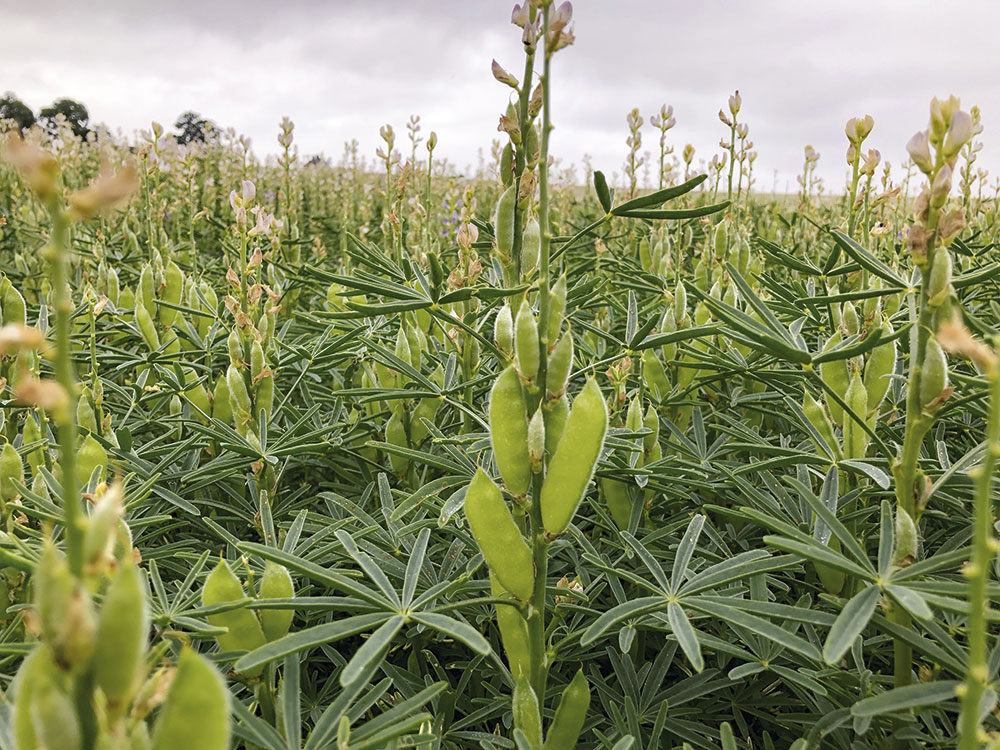
Lupins have long been promoted as a quality protein for ruminants and so they are proving for one Derbyshire dairy farm. A higher quality protein than either peas or beans and featuring a similar amino acid profile to soya, lupins are kind on the rumen and easy to incorporate into the diet, so why are […]
Mycotoxin risk to your livestock
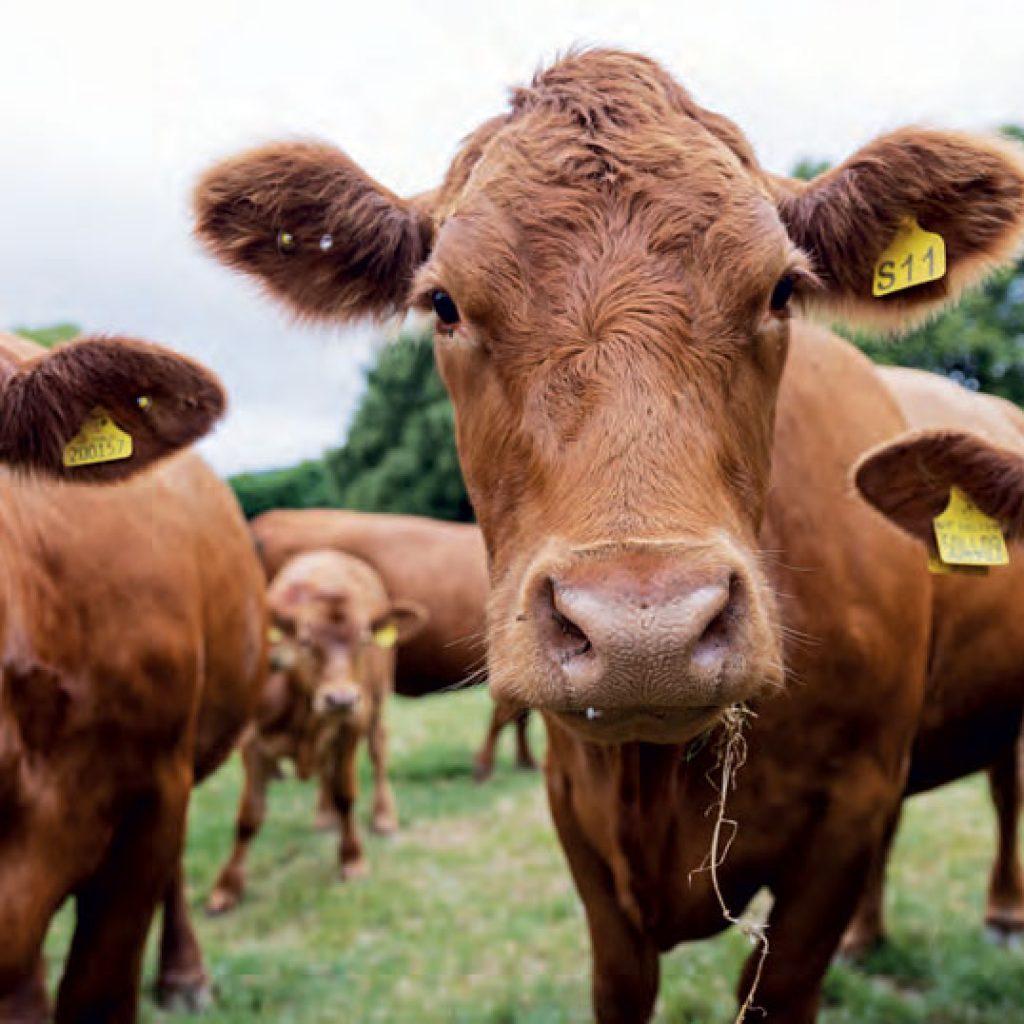
It is believed that over 90% of animal feed is contaminated by mycotoxins which can cause major harm to your animals’ health, performance, and consequent profitability. Mycotoxins are metabolites produced by fungi infecting forage and cereal crops in the field as well as during storage and can be found in almost all agricultural commodities worldwide. […]
Sheep scab – increasing in cost and incidence

This newsletter content was provided by Bimeda, makers of Gold Fleece Sheep Dip, 608 mg/ml Concentrate for Dip Emulsion. Sheep scab is estimated to cost the UK sheep sector £78-202 million annually. Historically under control, its incidence has increased exponentially with resultant economic and welfare impacts. Caused by the Psoroptes ovis mite, which can be […]

